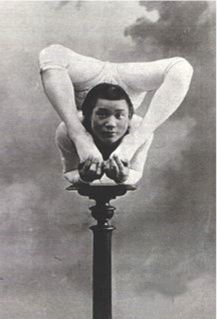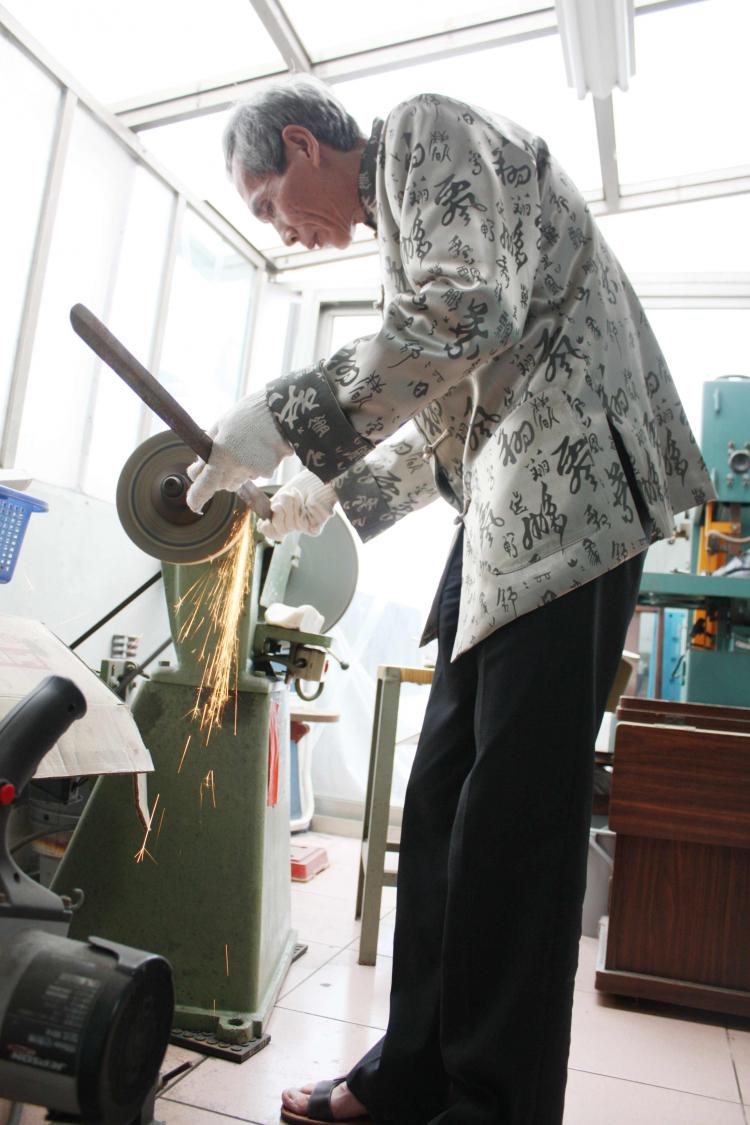Daoist Conference • 2014 • Boston
/I'm returning to Boulder today after a week in Boston. I have been attending an International conference at Boston University about Daoism.
I owe my readers a full report, but there are two obstacles. One, I'm tired. Very. Two, in general I'm not supposed to talk too much about papers that haven't been published yet.
Here is the abstract of my paper: Cracking the Code: Taijiquan as Enlightenment Theater
This paper presents three interrelated ideas using historic, experiential and visual contextualization: 1) Image mime within the Chen Style Taijiquan Form (taolu) can be understood as a form of theater presenting the story of Zhang Sanfeng becoming an immortal (xian). 2) Taijiquan as the integration of embodied theatricality with deity visualization as daily ritual and alchemy. 3) Framing violence as a transgressive path to becoming an immortal.
The paper was too long for me to deliver in the 20 minutes they allow for such things, so I danced and performed it instead. It was a huge success. Lots of interest and excitement, good questions too, which I knocked out of the park. In a way it isn't fair to 'perform' a paper because it tends to be much more interesting than even the really good papers, so I apologize for that.
The next project, as soon as I finish up the footnotes and stuff, is to perform the paper on Youtube, 20 minutes with five minutes of questions.
I also taught a class: Conditioning Emptiness: Where Martial Arts Meet Spontaneous Luminosity
The presumption of this workshop is that freedom can not be learned but the habits of freedom can be conditioned through play. Daoyin in martial arts, theater, and hermit yogas, all posit that emptiness can be discovered and verified in the “pull” between wildness and stillness. In this workshop we will deploy daoyin as twelve animals each with five elements in continuous expression and transition. This form of Operatic Daoyin comes from the animal stage roles of southern China, it is interactive and involves lots of rolling around and movement on all fours. This workshop is open to all levels of experience, loose clothing and a sense of humor will be helpful.
Several very experienced people told me this was the funnest Daoyin/Qigong class they had ever taken. It was a good hour and a half with 15 minutes for questions. I had them on the ground rolling around like dogs and pigs. I've got to video that class too.
Mostly I just loved meeting everyone there. This is the third conference I've been to in 12 years and this one was incredibly optimistic. 12 years ago we worried that we were dealing with the survival of a frayed and fragmented tradition, or darker, that there were only a few threads left of this fine fabric. In Los Angels five years ago there were a few anthropologists who brought a lot of hope by explaining that they were finding people who had been Daoists all their lives and had managed to find ways to sneak around the horrors if the 20th Century. At this conference it was evident that religious creativity is thriving in China and Daoism in general. There is interest, and excitement, the texts survived, the impulse for theatricality survived, the rituals that didn't make it are being re-invented from the ones that did survive. There is sharing. There is rebuilding and pilgrims have never been so rich or so free.
I owe my readers a lot more, but for the moment, the cat that is now out of the bag is that Daoism is a living creative force that is packed with martial arts and theater and fiction and all kinds of other cool stuff. I think there was another level of excitement too. A lot of us who started studying Daoism 20 years ago stepped into an unknown dark realm and now suddenly it is exploding with curiosity and invention. It is the excitement of having wandered into something that was small and is about to get much bigger--effortlessly.
Laozi said: Beautiful music and delicious food, cause the traveler to stop; Words about the Dao are insipid and bland.
What I realized at this conference is that line can be very funny if delivered with the proper vocalizations and dancing.





